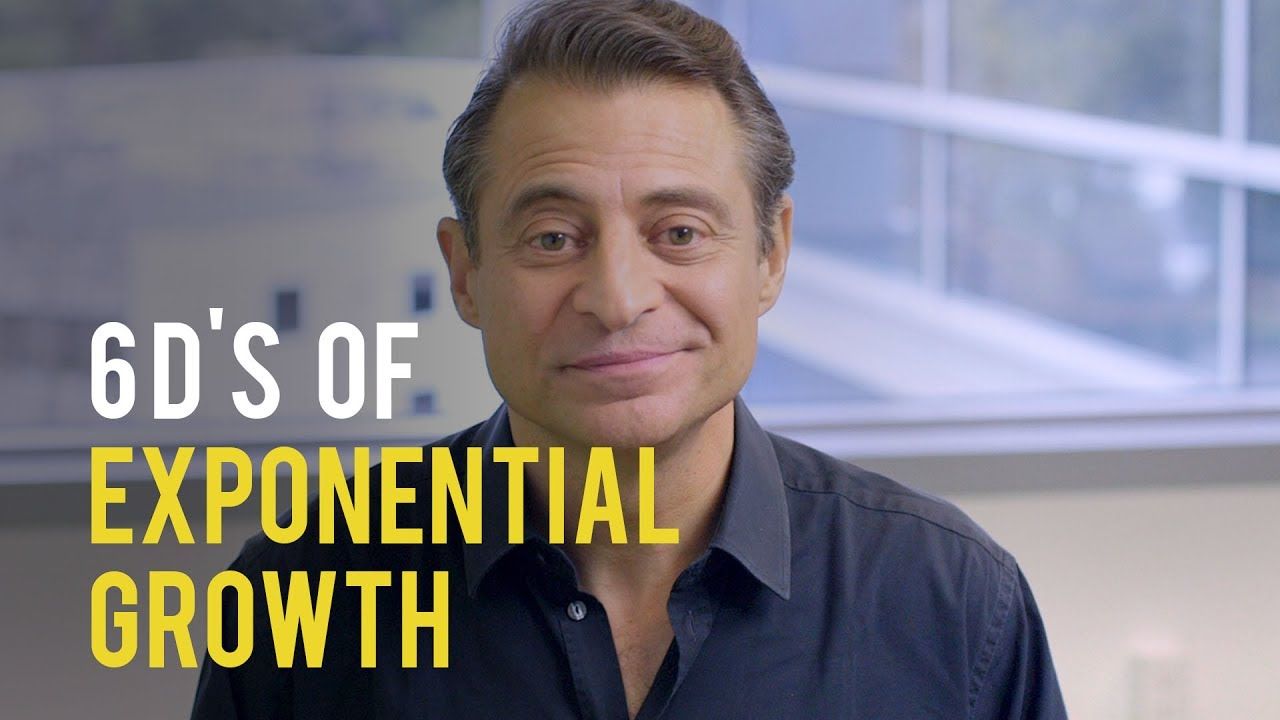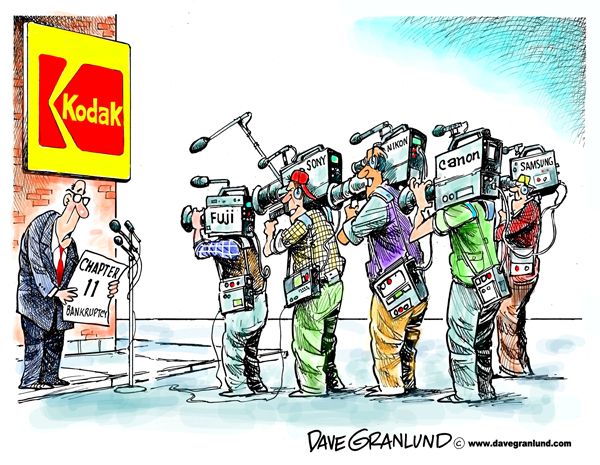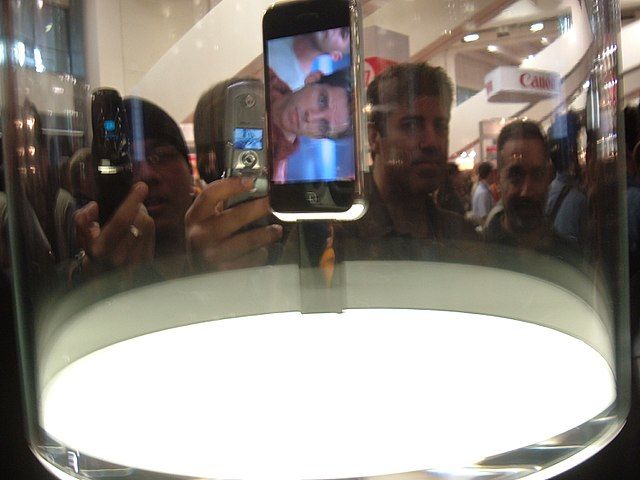
📸 6D explains what happens to a product that is digitized
A physical product that becomes digital end up so cheap and accessible in its final stages that it becomes democratized.
Share this story!
For over ten years, Peter Diamandis has found new ways of explaining exponential growth, because it is vital to understand if one wants to understand the future.
When something is digitized, it ends up in an exponential curve.
But that doesn't seem natural to us to understand. The huge numbers that occur when something is doubled time and time again fool us. Right at the beginning, it may not be that hard. 1, 2, 4, 8, 16, 32, 64, and so on. But that quickly changes:
Ten doublings makes something a thousand times greater.
Twenty doublings makes something one million times greater.
Thirty doublings makes something one billion times greater.
Now both Diamandis and we at Warp Institute will have a much easier task of explaining exponential growth. Thanks for that, the coronavirus. 😏
The 6D model helps us understand the future
Understanding exponential growth becomes relevant only when you put it into context, and again, Peter Diamandis has contributed to it.
He has a model he calls 6D. The six phases that a physical thing goes through when it becomes digitized. It is useful to think about your own business, your job, company, or product, and what happens when it is digitized.
Here is Peter Diamandi's model, where I have taken the camera's development as an example.
Digitized
The camera became digital in 1976. Developed by an engineer at Kodak named Steve Sasson. Because it weighed 7 lbs (3.6 kilos) and only could produce 0.01 megapixel images that took over a minute to process, it was too crappy to be sold to anyone.

Deceptive
Development continued at an exponential rate, which deceived the Kodak executives. They thought that good enough and cheap digital cameras would take many decades.
In 1988, Fuji came up with a model, which was supposed to be the first commercial digital camera. Since it only took pictures with 0.4 megapixels, it was still too poor and never came out on the market.
It would now be easy to say that the Kodak bosses were right. Twelve years after the first digital camera, the technology wasn't even good enough to be able to enter the market.
Twelve years to go from 0.01 megapixels to 0.4. The cameras became, in a linear world, only 0.0325 megapixels better per year. At that rate, it would take almost 20 years before they reached over one megapixel.
But digital development is not linear. It is exponential.

Disruptive
That camera was still not good enough, but it was almost 4000 percent better than the first one. And that the quality of the images doubled every two years.
If you understood that, you realized that it wouldn't take almost 20 years to reach above one megapixel.
Just six years later, in 1994, such a camera appeared.
NC2000 took 1.3-megapixel images. Good enough to enter the market. The problem was the price, about $15,000. Far too expensive for most people.
That problem disappeared in 2002 when Casio launched the Exilim EX-S1. It also took 1.3-megapixel images, but the price was 98 percent lower than eight years earlier, about $300.

It was during these years that the camera and camera film industry changed dramatically. Selling camera film went from lucrative to bankruptcy in just a few years. Which was precisely what happened to Kodak, the company that invented the digital camera.

Demonetized - Dematerialized - Democratized
Development didn't stop there. In the next step, the camera disappeared as a physical product. It ended up in another product.
In the 2007 iPhone, there was a camera on the mobile, which took 1.3-megapixel images. The cost of the entire smartphone was about $400.

Now quality cameras are available to billions of people around the world.
The digital camera has been democratized.
Take a few minutes to think about products, or services, which today are only physically available or have just been digitized. What will happen when they go through the six steps? What opportunities does it create?
By becoming a premium supporter, you help in the creation and sharing of fact-based optimistic news all over the world.


